Laser TV display system consists of laser, modulator, optical deflector and screen. The whole formation principle is that when the system receives the video signal, it separates the three-color (red, blue, and green) image signals and processes the three-color semiconductor laser diodes so that the corresponding intensity of light can be emitted. After modulated output and signal synchronization control, the light beam passing through the light deflector is scanned onto the screen to form an image. Compared with LED TVs, laser televisions are the first to be used in image display, and LEDs are both solid-state light sources, whether they are technology, cost, or leading edge. For lasers, ultra-high brightness is only the most prominent advantage, in addition to wide color gamut, high contrast, long life and so on. Laser color gamut coverage is more than twice that of traditional displays and can show the most realistic colors in nature. High-contrast, high-color grayscale rendering capabilities make the image more layered and greatly enhance the 3D stereoscopic effect. In terms of service life, up to 20,000 hours or more, can work continuously for a long time, while the high power Xenon lamp life is only about 1,000 hours, less than 1/20 of the laser, the brightness of commonly used high-pressure mercury lamps is limited, even with 4 lamps can only reach 20,000 Lumens, but high power also reduces the life span of mercury lamps to 2,000 hours. Although the LED light source has a long life, the brightness is too low and it is only up to 1,200 lumens. Optoma, ViewSonic, macro and other manufacturers also have a variety of laser LED hybrid light source products this year, BenQ's laser fluorescent light source technology projector has officially entered the market. The advancement of laser front projection has also led to the development of backprojection. At InfoCommChina2012, Juyang, Ain Optoelectronics, and Dazheng Video have demonstrated the use of laser fluorescent light sources for rear projection display. In terms of micro-projection, the world’s thinnest 100-lumen laser miniature projection was exhibited by Panasonic at CEATEC2012 in Japan. In fact, there are many manufacturers who focus on laser projection display. Sony, Shanda Walter, Hualu and many other domestic and foreign manufacturers have explicitly stated that they must join the laser light source projection camp. In the long history, there are two problems with laser display that have not been resolved. The first is that high-efficiency green laser products - not to say that there is no semiconductor green laser, but the green laser long-term electro-optical conversion efficiency and life does not meet the economic needs. The second is the use of laser products with three primary color laser systems. The number of light sources and lamp beads is as high as 30-40, which greatly increases the threshold for product adoption. Therefore, although the laser display is good, it can not really enter the family for a long time. However, when difficult scientific obstacles have been broken, it is the "laser-fluorescent color wheel technology" that brings light to laser television. This solution effectively solved the contradiction between brightness, stability, and cost in the laser display. As a result, laser televisions have entered the core stage of human history. 1. The "laser" of laser television is 100% monochromatic light, R, G, B three-color light modulation, color effect is very good. In this way, the color gamut can theoretically exceed the NTSC color gamut by more than 110%, which is an improvement over the OLED 100% NTSC color gamut. The improvement of the color gamut not only makes the picture look more transparent, more real, and has a sense of depth, but also has a sharp increase in the clarity of the color saturation. Since the laser TV's backlight is R, G, B lasers, only a "screen" is needed, which can be made thinner and suitable for home use. The light of the laser television reaches the human eye through reflection, without flicker, making the light softer and also reducing the harm to the human eye. 2. The screen size of the laser television is flexible and can be projected onto the surface of various materials (surfaces can also be oh), and adapt to almost all television standards such as NC system, PAL system and SECAM system. 3, ultra-low power consumption, health and environmental protection. The power consumption of a 100-inch laser TV is only equivalent to the level of a 40-inch LCD TV. The room-temperature lifetime can reach tens of thousands of hours. If you use 10 hours per day, the life of a laser TV can reach 10 years, so it is a kind of Long life and high reliability products. 4. Laser TV can develop into an ultra-large-screen TV, movie and projection integrated multifunctional product. From the basic principle of projection, these two types of products do not have much difference, they all use the same projection technology, such as DLP or 3LCD, but in the projection of the accessories are different. The projector generally uses an ordinary white screen, the screen is soft and easy to receive. However, the laser television will be equipped with a light curtain, which is a kind of metal curtain with a special coating that can reflect the ambient light of the interference display and reflect the light emitted by the host computer of the laser television so that the display effect is better. In addition, the two are different in the light path after the light comes out of the lens. The projector generally uses a direct projection method, and the light does not change the light path after it exits the lens. The laser television is different, and the light will be refracted again when it comes out of the lens. This not only allows the projection ratio of the laser TV to be kept below 0.5, but also requires a short throw distance for projecting a large area, and it also perfectly avoids the problem of shadow cast by people passing from the front of the host without ultrashort focusing. Functional home projectors cannot do this. Finally, the host size of laser televisions is still relatively small relative to the increase in resolution. If it is a 4K home projector, the size of the host may require an adult man to open arms to move, but the laser television is different, the host can easily move, suitable for daily home use, small units can achieve large screen . OLED is called the next-generation display technology, and now the OLED market camp is gradually expanding. LG Display unites LG Electronics, Changhong, Skyworth, Haier and Konka to accelerate the popularity of OLED TVs. Because of the self-luminous nature, which leads to a purer black, lighter design, more realistic color expression, and a response speed exceeding 5000 times LCD, the picture quality is generally considered to be superior to LCD TVs. However, the problems of high power consumption, low brightness, and short lifetime of OLED TVs still exist, and higher costs are also considered to be one of the reasons that hinder the rapid development of OLED TVs. In the development process of definition and intelligence, although the OLED driving technology has been continuously upgraded, when large-size TVs with a size of 60 inches or more gradually become mainstream, OLED TVs have to face an embarrassing situation: the relative cramped living room. Contradictions with the absolute increase of the screen, to get a home theater-like enjoyment, the premise is to have a larger screen. Since laser televisions use R, G, B laser light sources, compared with OLEDs, laser televisions have the advantages of high color purity and large color gamut. Due to the good monochromaticity of the laser and the high purity of the color, a higher color gamut can be achieved. Therefore, the laser television has a higher contrast and saturation than other types of television, a larger color gamut, and the effect is more vivid. ,More real. At the same time, the zoom lens can zoom in or out as needed, and the screen size is also more variable and more flexible. More than 50% of the power consumption of OLED TVs comes from the screen. The larger the screen, the greater the power consumption, and the increased screen size imposes higher requirements on materials, processes, and yields, leading to rapid price increases. Laser TVs are designed to reduce power consumption to 1/2 to 1/3 of similar size OLED TVs. There is no direct correlation between body size and screen size, and the flexibility is even greater. Now the competition of display technology is very fierce. The price war on LCD TVs has become fierce. Even many brands say that the sales of liquid crystal displays do not make much money. The layout of the market is really critical. The prices of LCD TVs such as LeTV, Xiaomi and Xiaowei are very favorable. Although it cannot be said that there is no profit, it is a key development direction for these brands. Using these portals, later charging from content and services is what these brands do. From conception to popularity, a product will experience such a period of time. From the ramping up of production capacity to mass production, from high cost to low cost, we also believe that companies with complete hardware vertical integration capabilities like Hisense can accelerate this process and let us also Enjoy the higher quality lifestyle that technology advances. Before the technology is inconclusive, different vendors have only made different choices. With the gradual breakdown of the consumption sector, there is a reason for each type of product, and naturally there are advantages and disadvantages. For a long time in the future, OLED TVs and laser TVs, and even enhanced LCD TVs (such as Quantum-dot TVs) will coexist in the market. Whoever is the next generation of display technology will only give the answer. Since the beginning of the year, although China's color TV industry has been shrouded in the gloom of a sharp decline in sales, but the data has allowed many companies to see opportunities and inflection points. According to data from Zhongkang in the first quarter, the total volume of the color TV industry has fallen by more than 20% this year, while the large-size LCD TVs larger than 65 inches are experiencing data reversal. Taking large-size TVs with sizes larger than 85 inches as an example, the cumulative annual sales volume increased by 298%, which was an increase of 295% in March from the same period of last year. Affected by this data, the new category of laser television, with large screen consumption and core, is welcoming the peak of growth. According to data from China Excel, laser TV increased by 477.78% in March from the same period of last year, with an annual cumulative increase of 410.71%. Among them, first-tier cities recorded a year-on-year growth of 987.5%, nearly ten-fold increase, and even the four-tier cities have achieved annual cumulative growth. 600%. Large-scale, mid-to-high-end products will expand in the future and will gradually offset the shrinkage of small-size TVs. The inflection point of the new TV consumption balance will begin to appear. The companies that promote the high-end and large screens are benefiting from this. Among them, large-screen televisions with a size of 85 inches or more, Hisense has contributed more than half, and the remaining half are dominated by foreign funds such as Samsung and Sharp. Affected by this, Hisense TV continued to maintain its first position with a market share of 16.82%. Structural adjustments brought about by consumer upgrades have become increasingly apparent in the color TV industry. What TV makers are concerned about is that the consumption of advanced technologies and high-end products will never be in season. The flat-screen TV screen center may move up or become a deterrent to the industry. The important downside of the overall downward trend. Laser TV is another new technology in the television industry following LCD and OLED display technology. As a representative of the fourth generation display technology, laser display not only inherits the advantages of digital display such as large screen and high resolution, but also breaks through a series of bottlenecks in existing display technologies. In addition, because the laser intensity is easy to control, the display screen can be stretched freely, and as wide as a movie theater screen, and as small as a mobile phone screen, a laser can be used as a display light source. The superiority of the laser light source allows the industry to determine that it will become the mainstream technology for next-generation projection displays. Smart TV/box information can focus on smart TV information network sofa butler (http://), China's influential TV box and smart TV website, providing information, communication, TV boxes, smart TVs, smart TV software, etc. Answering questions. Acrylic Aquariums,Desk Acrylic Tank,Small Acrylic Aquariums,Appearance Acrylic Aquariums Sensen Group Co., Ltd.  , https://www.sunsunaquariums.com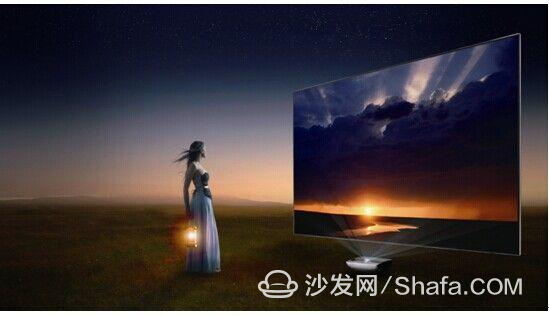
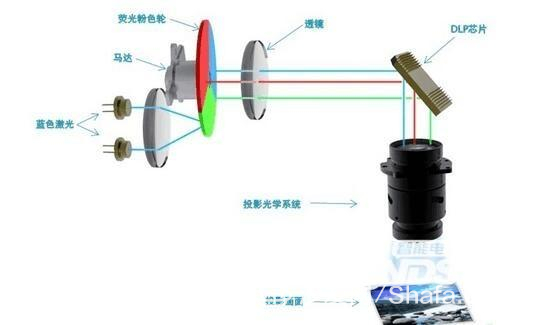
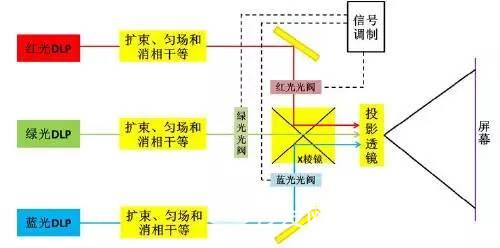
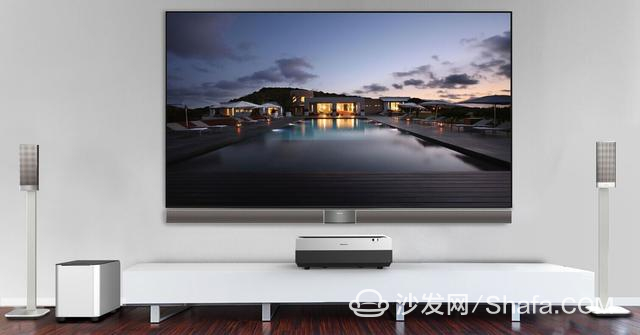
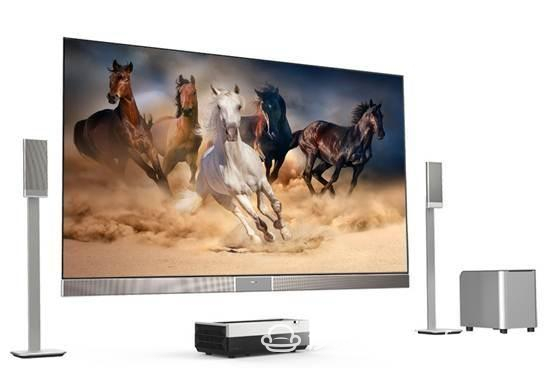
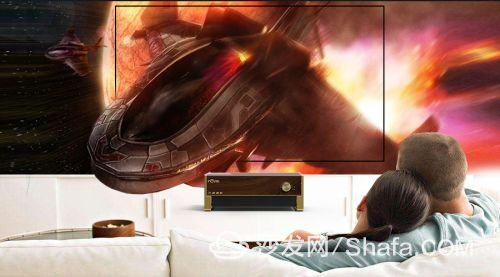
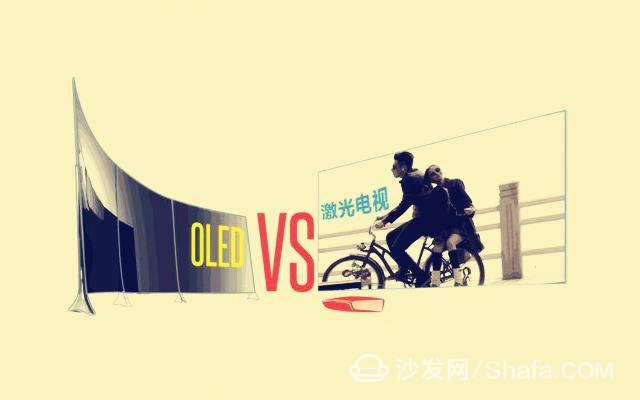
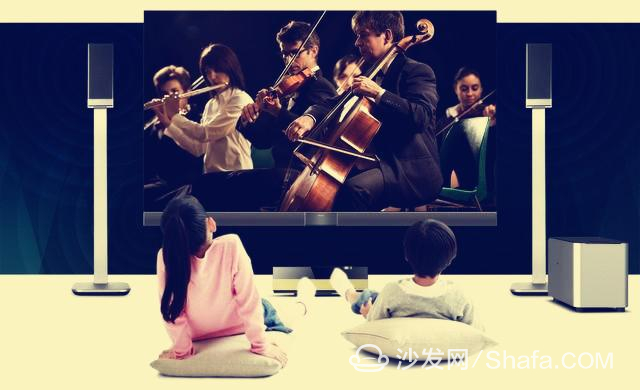
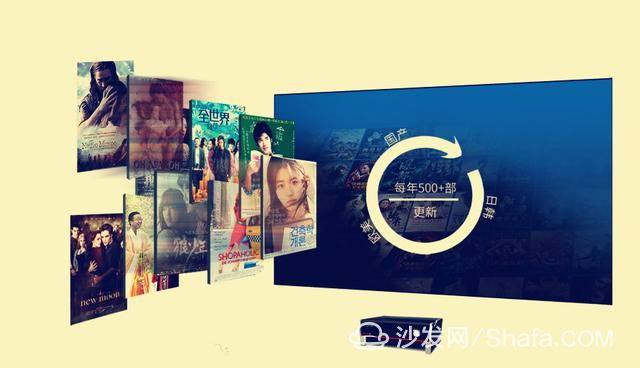
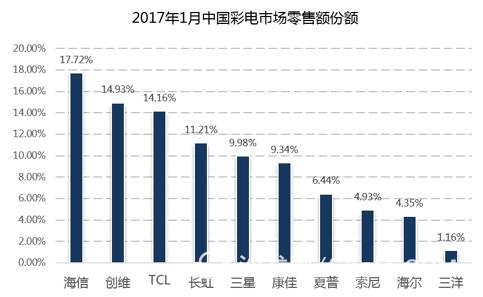
An article takes you to know laser television from scratch
Laser TV is not a new concept. In the 1990s, TV was not a new concept. In the 1990s, there was a technology prototype. In 2003, laser TV prototypes were introduced, but in the following years, for various reasons, lasers. The development of television is not satisfactory. Until 2012, laser television has rejuvenated its youth. After several years of development, laser television, quantum dots, and OLED have become three-point trends. Technical principle Development status Laser TV and projector Laser TV and OLED TV